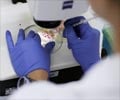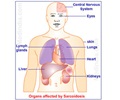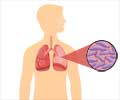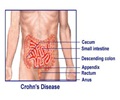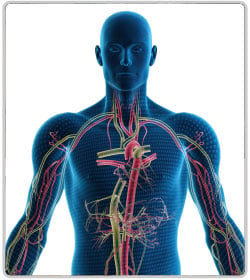Diagnosis of Chronic Granulomatous Disease (CGD)
Dihydro rhodamine (DHR) test is perhaps the most accurate diagnostic test for Chronic Granulomatous Disease (CGD).
a. Nitroblue tetrazolium (NBT) test - is the most widely-known test for chronic granulomatous disease. Normal white blood cells turn blue when NBT is added as they make special oxygen compounds that kills bacteria.
In CGD, as we already discussed in previous section, production of oxidants is scarce, hence the colour change does not occur. In short NBT is negative (no colour change) in CGD patients. It is a visual test and is prone to errors (subjective ones).
b. Dihydro rhodamine (DHR) Test - is perhaps the most accurate diagnostic test for chronic granulomatous disease. Though similar to NBT test, it is associated with fewer errors and is more reliable.
c. Genetic testing - is of great value in identifying genetic mutations, establishing genetic inheritance patterns. It also aids family counselling.
d. Assays of phagocyte oxidative metabolism - can be performed in equipped research laboratories.
e. Prenatal diagnosis: Chorionic villus sampling (placenta tissue is used for study) is technically preferred because of its fewer associated risks. In the absence of DNA detection techniques fetal blood can be sampled.
f. Biopsy of lesion - Histologic examination of the lesions reveal granulomas under the microscope (already explained)
Apart from these specific tests common laboratory investigations like complete blood count are also ordered for. Imaging studies such as chest radiography and CT imaging are useful when lungs, spleen or liver are involved.


